The Cavalier King Charles Spaniel is a well proportioned little dog. The head is slightly rounded and the muzzle is tapered slightly, their nose is black. Their teeth meet in a scissor bite. They have dark brown eyes that are set apart, with dark eye rims and lovely round eyes. This breeds long ears are set high and are covered in feathering. This is medium in length and matches their coat, that is silky. The tail is usually left naturally but in some countries, where docking is permitted, it can be docked to one third. This dog has feathering on the chest, legs, ears and tail. Colours include Prince Charles, which is tricolour, King Charles this is black and tan, blenheim, which is red and whites, ruby, this is rich mahogany red. The Blenheim dogs can have a chestnut-red spot on the top of their heads between the ears, but this is not essential.
History: The Cavalier King Charles Spaniel was named for King Charles II Cavalier King Charles spaniel descends from King Charles spaniel. This was then interbred with pugs, this gave a smaller dog with a flatter nose, and more pronounced rounded head, the dogs we see today are from this breeding. In 1920 Roswell Eldridge offered prize-money in London, to breeders for any dogs they had which had longer noses, for the King Charles spaniel, he wished to breed. The spaniel is seen in Van Dyck's paintings of King Charles II, and his spaniel. By 1940 this breeding was accredited as a separate breed and was showing in the Toy group of the AKC, beginning in 1996.
Temperament: The Cavalier King Charles Spaniel is a happy dog by nature, always eager to please and often recognized by the wagging of their tails. These dogs are very active and are intelligent enough to be able to train with gentle obedience training. They prove, a naturally well-behaved dog, and get on well with other dogs and non-canine pets. This dog loves, and needs to be with, people but also needs rules that are followed with limits to what they are allowed to do within the home. It is wise to remember the small dog still has hunting instincts and can chase small animals when out walking. With their sweet face, it can be easy to spoil this beautiful dog. This will do the dog no favours, and you will soon regret this dog feeling they are pack leader. Do not allow this dog to get small dog syndrome. This breed can do well at competitive obedience.
Health issues: The Cavalier King Charles Spaniel dog breed can have dislocating kneecaps, hereditary eye disease, hip dysplasia, deafness, mitral valve disease and a heart disease that can cause early death, syringomyelia it is recommended to really check out the history of the breeding pair and even a few generations before that, to really understand the whole health history prior to buying.
Grooming: The Cavalier King Charles Spaniel dog needs brushing with care, paying particular attention to the ears as here you can get matting. This breed can have baths as and when needed, keeping the dog warm until they are dry.
Living conditions: If given daily walks and plenty of play the Cavalier King Charles Spaniel dog is fine for apartment life.

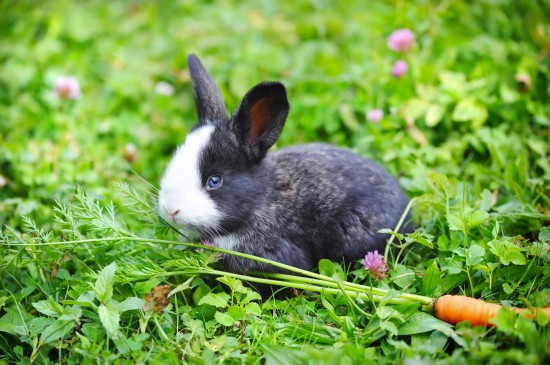 Looking After Rabbits - Quick Facts
Looking After Rab
Looking After Rabbits - Quick Facts
Looking After Rab
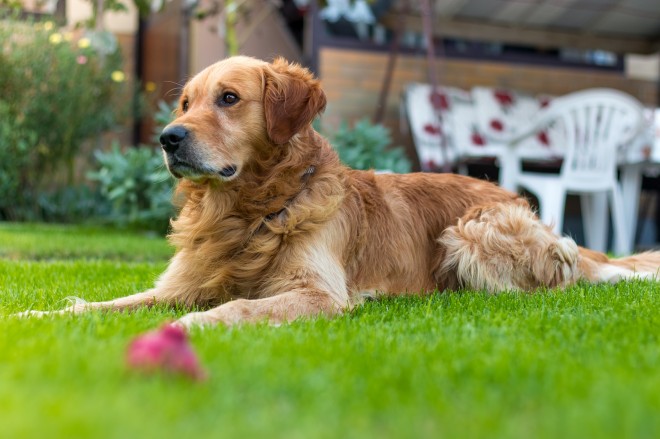 Tips On How To Keep A Lawn Looking Good For Dog Owners
Tips On How To Ke
Tips On How To Keep A Lawn Looking Good For Dog Owners
Tips On How To Ke
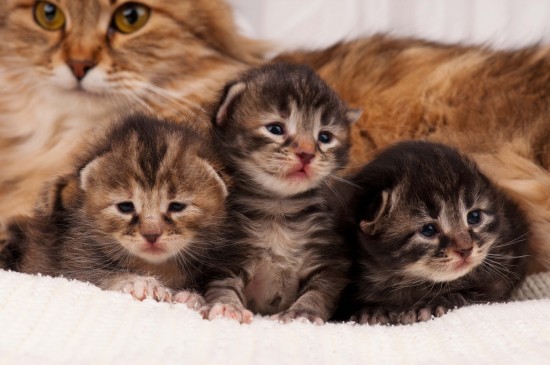 How Old Should Kittens Be Before They Leave Their Mother?
How Old Should Ki
How Old Should Kittens Be Before They Leave Their Mother?
How Old Should Ki
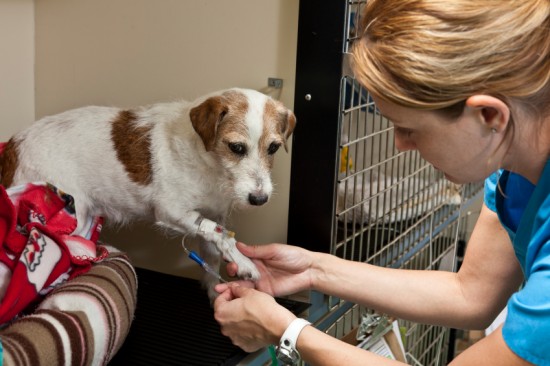 Canine Parvovirus
Canine Parvovirus
Canine Parvovirus
Canine Parvovirus
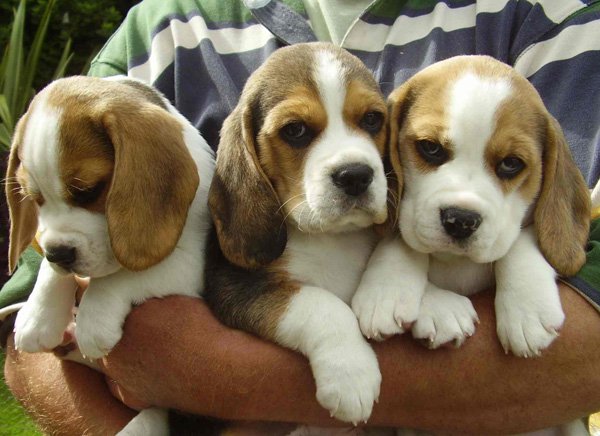 Find Your Dogs With A Cage Free Boarding & Grooming in Ontario
Find Your Dogs With A Cage Free Boarding & Grooming in
Find Your Dogs With A Cage Free Boarding & Grooming in Ontario
Find Your Dogs With A Cage Free Boarding & Grooming in